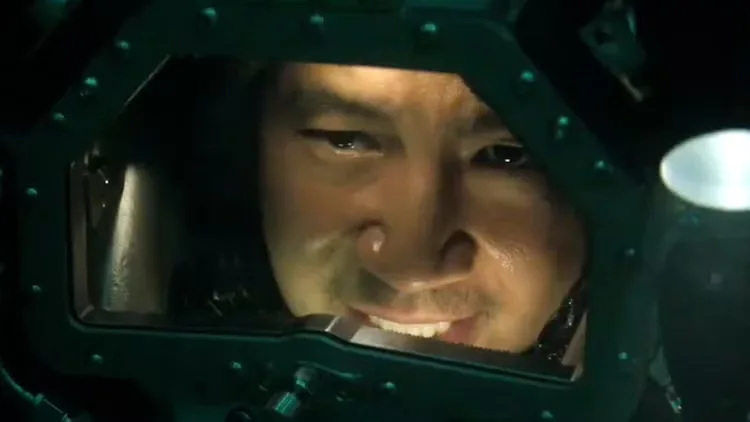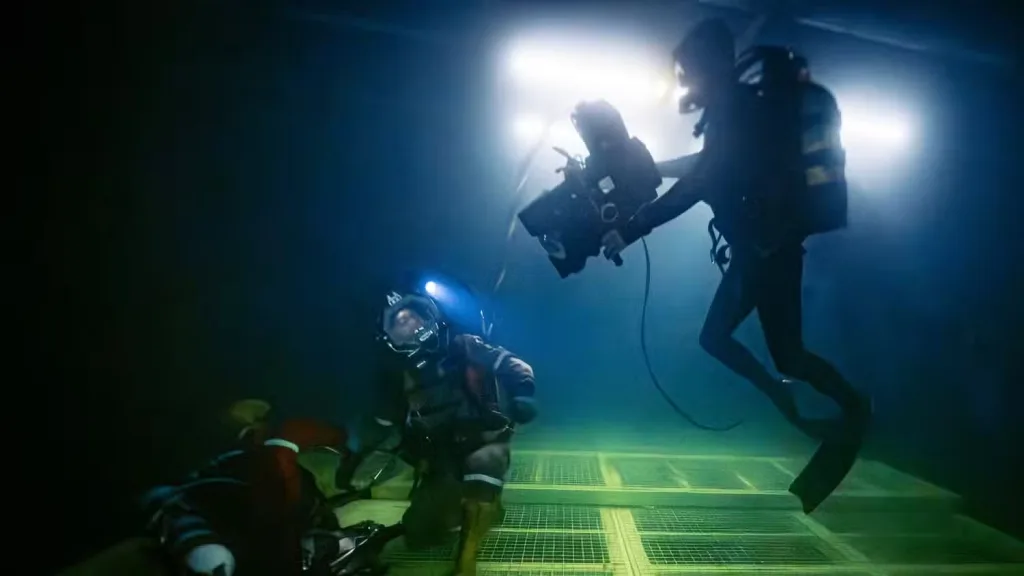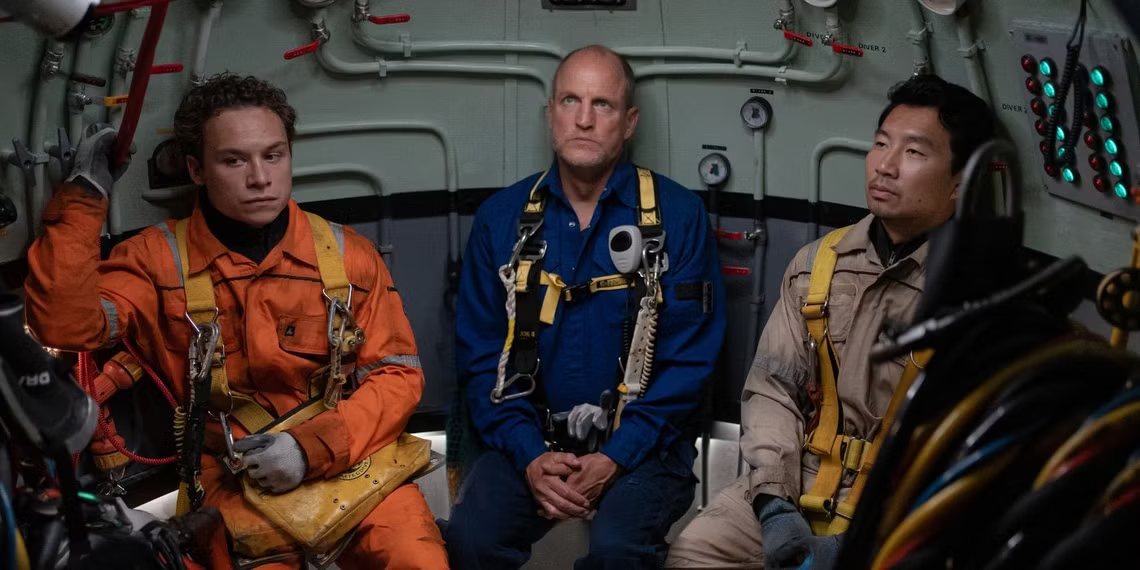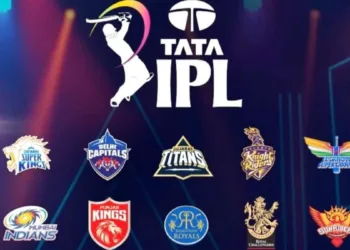The entertainment landscape of 2025 has been marked by extraordinary diversity in film releases, with blockbuster spectacles sharing screen time with intimate character studies and everything in between. While major studios continue to dominate headlines with their tentpole releases and franchise expansions, a quieter revolution has been taking place in the streaming ecosystem, where films that struggled to find their audience in theaters are discovering new life and passionate fanbases through digital platforms. This phenomenon has become increasingly common as viewing habits shift and audiences seek content that offers both entertainment value and emotional resonance beyond the typical Hollywood formula.

Among the most compelling examples of this streaming renaissance is Woody Harrelson’s survival thriller “Last Breath,” a film that exemplifies how quality storytelling can transcend initial commercial disappointment to find its intended audience through alternative distribution channels. The movie’s journey from theatrical release to streaming success illustrates the evolving nature of film consumption and the way audiences discover content in the modern entertainment landscape.
Despite earning only $23.2 million at the global box office, the film has emerged as a significant streaming success, currently ranking eighth on Prime Video’s charts and demonstrating that critical acclaim and audience appreciation don’t always translate immediately to box office success but can find expression through different platforms and viewing experiences.
Table of Contents
Last Breath’s Remarkable Streaming Surge Following Theatrical Disappointment
The transformation of “Last Breath” from a theatrical underperformer to a streaming sensation represents one of the most compelling comeback stories in recent entertainment history, demonstrating how the modern film ecosystem provides multiple pathways for quality content to reach its intended audience. The film’s current position at number eight on Prime Video’s global streaming charts, positioned just behind the 2024 spider horror movie “Sting,” illustrates the unpredictable nature of audience engagement and the way streaming platforms can breathe new life into films that may have been overlooked during their initial theatrical runs.

This streaming success comes as a vindication for director Alex Parkinson and the entire production team, who crafted a meticulously researched and emotionally compelling survival thriller based on real events that deserved a wider audience than it initially received. The film’s ability to capture viewer attention on streaming platforms speaks to its intrinsic quality and the word-of-mouth recommendations that often drive streaming success, as audiences discover content through algorithm suggestions, social media discussions, and recommendations from friends and family who appreciate well-crafted storytelling.
The transition from theatrical disappointment to streaming success also highlights the changing dynamics of film distribution and audience discovery, where the traditional theatrical window no longer serves as the sole determinant of a film’s cultural impact or commercial viability. Streaming platforms provide an opportunity for films to find their natural audience over time, allowing quality content to build momentum through sustained viewing rather than the immediate impact required for theatrical success.
The True Story Behind Last Breath’s Compelling Narrative
At the heart of “Last Breath’s” streaming success lies a remarkable true story that resonates with audiences seeking authentic, high-stakes drama rooted in real human experience rather than fabricated Hollywood scenarios. The film chronicles the harrowing rescue of Chris Lemons, portrayed by Finn Cole, a saturation diver who became stranded hundreds of feet below the surface of the North Sea following a catastrophic accident during a routine maintenance operation on underwater gas lines. This real-life incident provides the foundation for a survival thriller that combines technical authenticity with genuine emotional stakes.

The authenticity of the source material elevates “Last Breath” beyond typical survival thrillers, as audiences connect with the knowledge that these events actually occurred and that real people faced these life-or-death circumstances. The film’s commitment to staying true to the actual events, while still providing the dramatic structure necessary for compelling cinema, creates a viewing experience that feels both entertaining and respectful of the real individuals whose lives were forever changed by this underwater emergency.
Director Alex Parkinson’s unique position as both the filmmaker behind the 2019 documentary of the same name and the director of this dramatic adaptation brings an unparalleled level of authenticity and understanding to the material. His intimate knowledge of the real events, combined with his ability to translate documentary research into compelling dramatic storytelling, results in a film that honors the truth while delivering the emotional impact that audiences expect from quality cinema.
Stellar Performances Drive Critical and Audience Acclaim
The streaming success of “Last Breath” can be attributed significantly to the exceptional performances delivered by its three leads, with Woody Harrelson, Simu Liu, and Finn Cole creating a believable ensemble that grounds the high-stakes underwater action in genuine human relationships and emotional authenticity. Harrelson’s portrayal of Duncan Allcock, an experienced diver faced with an impossible rescue mission, showcases the veteran actor’s ability to convey both technical competence and emotional vulnerability as his character grapples with the responsibility of saving a colleague’s life under extreme circumstances.
Simu Liu’s performance as David Yuasa adds another layer of complexity to the film’s emotional landscape, as his character must balance professional duty with personal fear while working alongside Harrelson’s character to devise a rescue plan against seemingly impossible odds. The chemistry between these three performers creates a believable team dynamic that allows audiences to invest emotionally in the outcome, transforming what could have been a purely technical survival story into a deeply human drama about courage, sacrifice, and the bonds between colleagues who risk their lives together.

The film’s impressive 79% rating from critics on Rotten Tomatoes, combined with an even more remarkable 91% Verified Hot score from audiences, demonstrates that the performances successfully connected with both professional reviewers and general audiences. This critical and popular acclaim has undoubtedly contributed to the film’s streaming success, as positive word-of-mouth and strong reviews encourage viewers to seek out content they might have missed during its theatrical release.
Technical Excellence in Underwater Cinematography
One of the most significant factors contributing to “Last Breath’s” streaming popularity is its exceptional technical achievement in capturing the claustrophobic terror and visual spectacle of deep-sea diving operations. The film’s practical effects work, particularly in the underwater sequences, represents a commitment to authentic visual storytelling that stands out in an era dominated by computer-generated imagery. These practical effects create a tangible sense of danger and immersion that resonates with streaming audiences who can appreciate the craftsmanship on their home viewing systems.
The underwater cinematography achieves a remarkable balance between showcasing the beauty and terror of the deep ocean environment while maintaining the tension necessary for effective thriller storytelling. The technical team’s attention to detail in recreating the specific conditions of saturation diving, including the specialized equipment, communication systems, and safety protocols, adds layers of authenticity that enhance the viewing experience for audiences who appreciate technical accuracy in their entertainment.
Director Alex Parkinson’s background in documentary filmmaking brings a unique perspective to the dramatic adaptation, as his understanding of the real technical challenges faced by saturation divers informs every aspect of the film’s visual presentation. This documentary sensibility, combined with the dramatic requirements of feature filmmaking, creates a hybrid approach that serves both the story’s emotional needs and its technical authenticity.
Current Streaming Performance and Platform Availability
The current streaming landscape for “Last Breath” reveals interesting patterns in global content distribution and audience preferences across different territories and platforms. The film’s eighth-place ranking on Prime Video in select international territories demonstrates strong sustained interest from global audiences who appreciate well-crafted survival thrillers, while its availability on Peacock for United States viewers illustrates the complex nature of streaming rights and territorial distribution in the modern entertainment ecosystem.
This multi-platform approach to streaming distribution has likely contributed to the film’s overall success, as different audiences discover the content through their preferred streaming services and regional availability. The film’s ability to maintain consistent viewer engagement across multiple platforms and territories suggests that its appeal transcends cultural and geographic boundaries, connecting with universal themes of survival, teamwork, and human resilience that resonate regardless of audience location.
The sustained streaming performance also indicates that “Last Breath” has found its natural audience among viewers who seek substantive, well-crafted content that offers both entertainment value and emotional depth. This audience segment, which often gravitates toward streaming platforms for content discovery, appears to have embraced the film’s combination of technical excellence, authentic storytelling, and strong performances.
Streaming vs. Theatrical Success Analysis
| Performance Metric | Theatrical Release | Streaming Success |
|---|---|---|
| Global Box Office | $23.2 Million | N/A |
| Prime Video Ranking | N/A | #8 Globally |
| Critical Reception | 79% Rotten Tomatoes | Sustained positive reviews |
| Audience Score | 91% Verified Hot | Continued high engagement |
| Platform Availability | Limited theaters | Prime Video (select), Peacock (US) |
| Cast Member | Character | Previous Notable Work | Performance Impact |
|---|---|---|---|
| Woody Harrelson | Duncan Allcock | Zombieland, True Detective | Leading dramatic anchor |
| Simu Liu | David Yuasa | Shang-Chi, Kim’s Convenience | Rising star power |
| Finn Cole | Chris Lemons | Peaky Blinders, Animal Kingdom | Breakout performance |
Woody Harrelson’s Productive 2025 and Future Projects
The streaming success of “Last Breath” represents just one highlight in what has proven to be an exceptionally productive year for Woody Harrelson, whose diverse project portfolio demonstrates his continued evolution as a performer capable of handling both dramatic and comedic material across multiple mediums. His voice work as Mr. Peanut in “The Electric State” and Boxer in Andy Serkis’s “Animal Farm” showcases his versatility in animation and voice acting, while his upcoming appearances in “Now You See Me: Now You Don’t” and James L. Brooks’s “Ella McKay” promise to further cement his reputation as one of Hollywood’s most reliable and engaging performers.
The temporary pause in production of his Apple TV+ series alongside Matthew McConaughey, while disappointing for fans anticipating their real-life friendship translated to screen, demonstrates the complex nature of modern television production and the challenges of maintaining creative vision across extended development processes. However, with Lee Eisenberg expected to take over showrunner duties, the project remains promising for future development and could provide another platform for Harrelson to explore long-form character development.
The diversity of Harrelson’s 2025 projects, from intimate survival thrillers to big-budget sequels to prestige television, illustrates his strategic approach to career development and his commitment to working with quality material regardless of budget or platform. This approach has clearly paid dividends, as evidenced by the streaming success of “Last Breath” and the anticipation surrounding his upcoming releases.
Conclusion: The New Paradigm of Film Success in the Streaming Era
The remarkable journey of “Last Breath” from theatrical disappointment to streaming sensation represents a compelling case study in how the modern entertainment landscape provides multiple pathways for quality content to find its audience and achieve commercial and critical success. The film’s current position as a top-ten streaming title, combined with its impressive critical ratings and sustained audience engagement, demonstrates that traditional theatrical performance no longer serves as the sole measure of a film’s cultural impact or commercial viability.
This streaming success validates the creative choices made by director Alex Parkinson and his team, proving that authentic storytelling, exceptional performances, and technical excellence can overcome initial commercial setbacks to find lasting appreciation among discerning audiences. As the entertainment industry continues to evolve and streaming platforms become increasingly important for content discovery and audience engagement, “Last Breath” serves as an inspiring example of how quality filmmaking can transcend initial market conditions to achieve the recognition and audience connection that exceptional content deserves.
Frequently Asked Questions
Q: Why did Last Breath perform better on streaming than in theaters despite positive reviews?
A: Last Breath’s streaming success versus theatrical disappointment reflects several industry trends, including the film’s release timing coinciding with major blockbusters like Captain America: Brave New World, which limited its theatrical visibility. The survival thriller genre often performs better on streaming platforms where audiences can discover niche content through recommendations and have more time to engage with character-driven stories. Additionally, the film’s authentic, documentary-style approach appeals to streaming audiences who seek substantial content over spectacle-driven entertainment.
Q: Is Last Breath available on all major streaming platforms, and what makes it worth watching?
A: Last Breath is currently available on Prime Video in select international territories and on Peacock for United States viewers, with availability varying by region due to streaming rights agreements. The film is worth watching for its exceptional practical effects, authentic portrayal of real events, and outstanding performances from Woody Harrelson, Simu Liu, and Finn Cole. The 79% critical rating and 91% audience score on Rotten Tomatoes reflect its quality as both entertainment and a respectful adaptation of a remarkable true survival story.








